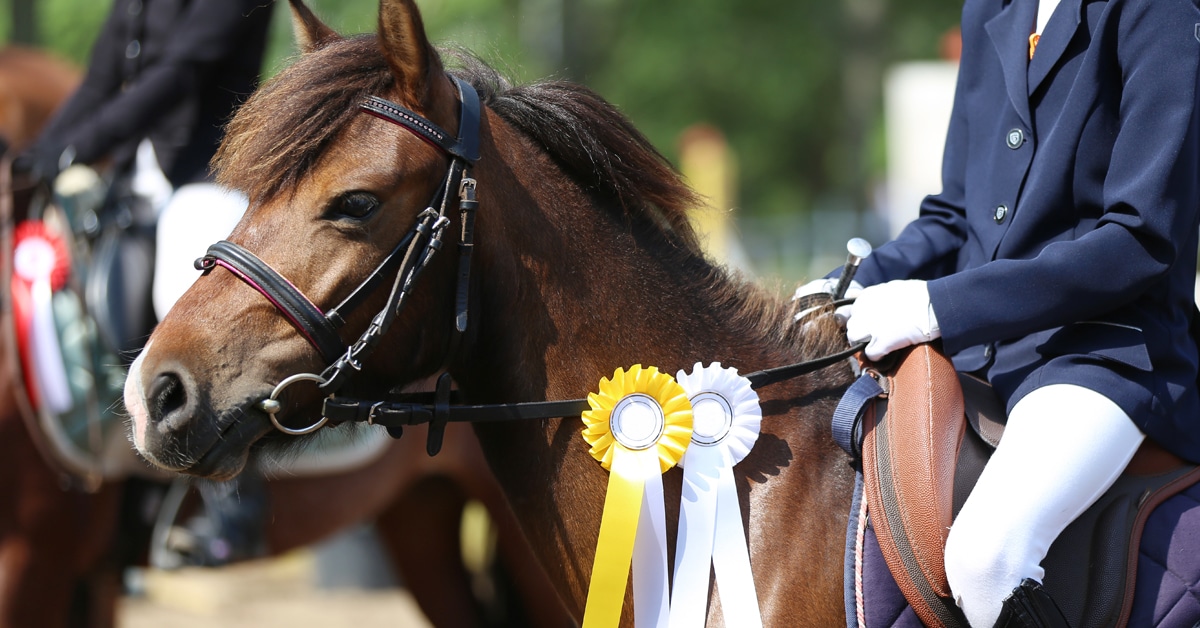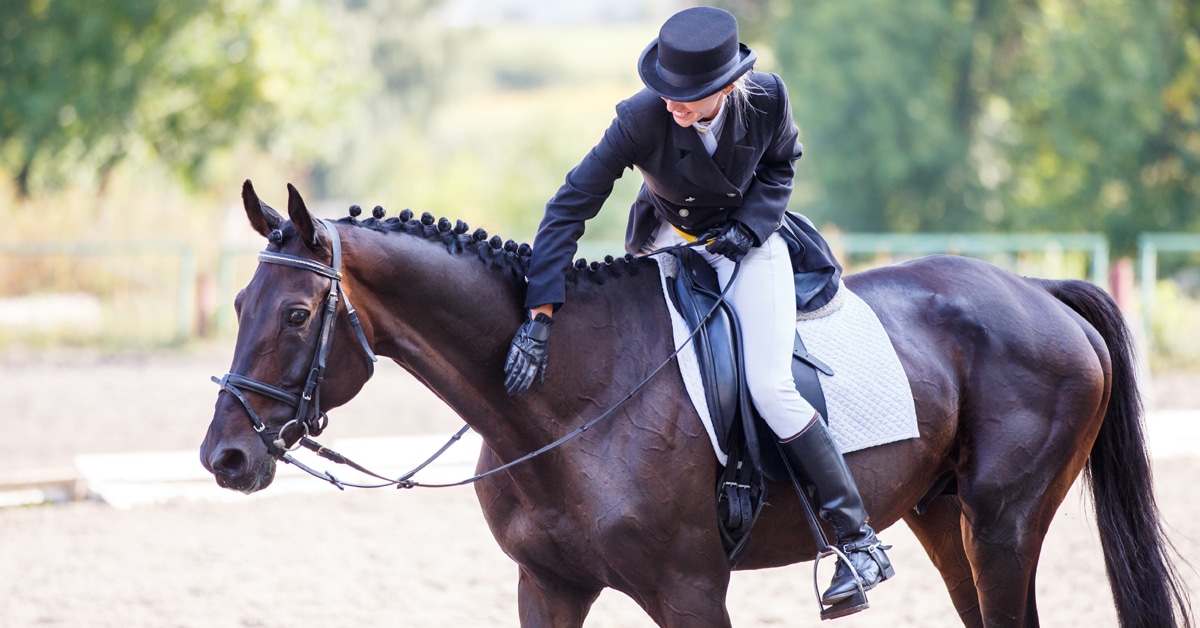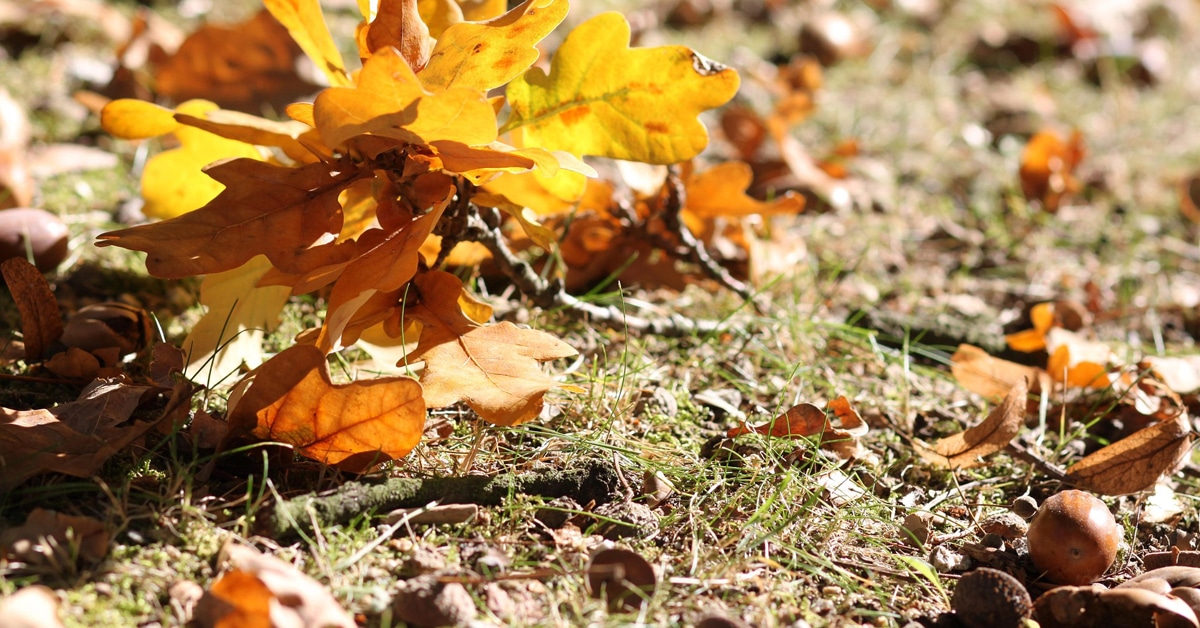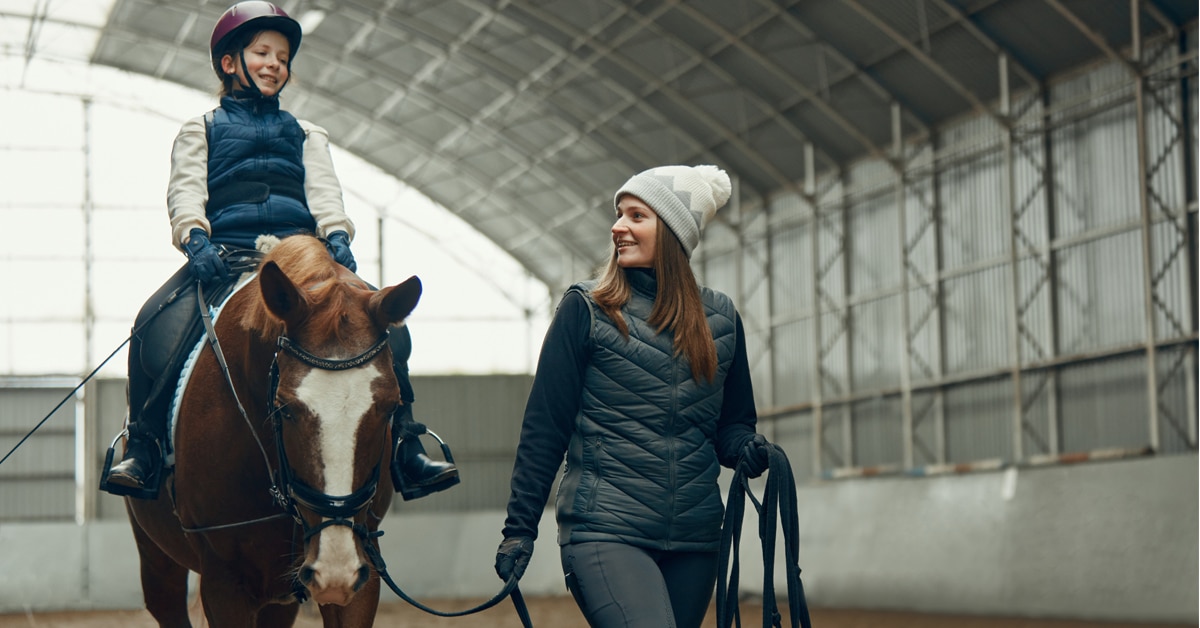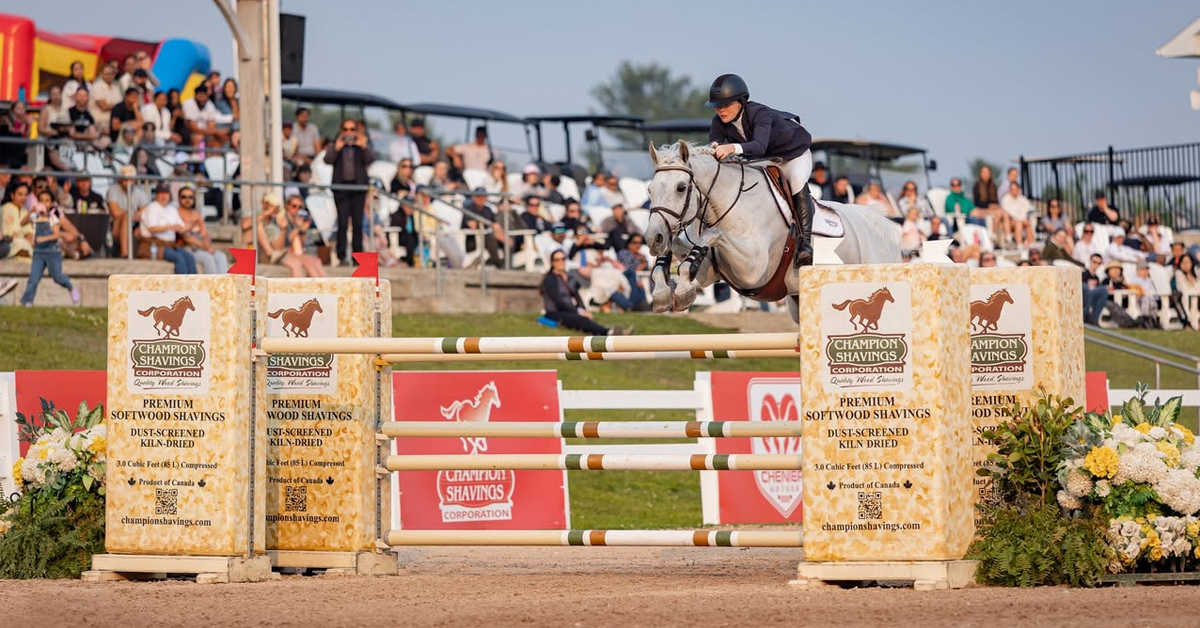On January 20, 2025, during a bitter cold snap, a water pipe burst in the Stewart Building at the University of Guelph, flooding the Ontario Veterinary College’s Health Sciences Centre and causing major damage to the Large Animal Hospital (LAH). Both operating suites and all five recovery and induction rooms had to be closed. As the only hospital in the province offering 24/7 emergency care for horses, staff jumped into action and, within 36 hours, had moved medical supplies and equipment to set up a surgery suite in a nearby research building — performing their first emergency surgery on a horse on January 23.
Dr. Luis Gaitero, DVM, HSC Chief Medical Officer, described the scene that dreadful day. “My first thought was, ‘Were there any patients actually in the OR while this was happening?’ because the water was literally coming inside the operating rooms. Fortunately, there were no procedures happening.”
His next thought was, “This is going to take months. We need a plan right now to deal not only with the remediation of the building, but also with how we are going to continue providing care — particularly to horses — because we are the only ones available when it comes to surgical care, especially for colic. Unfortunately, there was a chance there were horses out there that might die.”
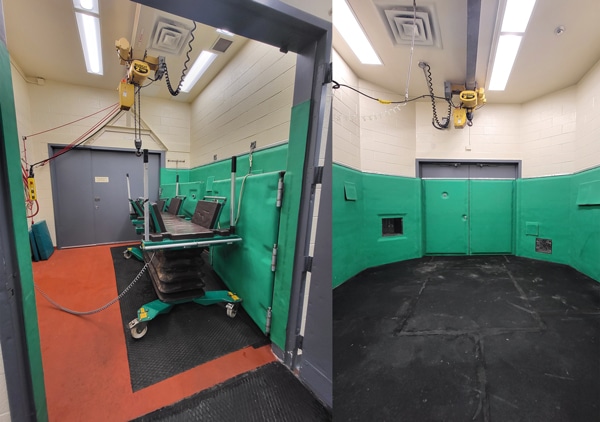
(Left) A refreshed induction room, where horses are carefully prepped for surgery; (right) a renewed recovery room, where horses safely awaken after surgery. (photos courtesy OVC)
The reaction was immediate: the veterinary team met with the management team, and together they came up with a plan to move operations to the research building beside the hospital. “It was not prepared for patients and didn’t have approval from the College of Veterinarians of Ontario. I have to say that the CVO worked with us very closely, and they were very understanding. We had a meeting with them right away that morning, and they sent an inspector by the end of the day to assess that facility.”
Within two days, the temporary facility was up and running. Dr. Gaitero noted a fortuitous coincidence: during that downtime, there was not a single emergency surgery required, then within hours of opening the temporary surgery, “we got a mare that came that night for a C-section.”
Total damage to the LAH building following the flood was estimated at $500,000 — roughly $100,000 per room. Most of the equipment damaged in the flood would be replaced through insurance, but the OVC saw fit to turn the crisis into a rare opportunity for much-needed renovation. For the first time in 35 years, the surgery, prep, and recovery rooms were refurbished and modernized with new flooring, protective wall coverings, and upgrades to keep equine patients safe when they are most vulnerable.
Word spread about the OVC’s need for funds (including an article on HorseSport.com), and the public responded immediately. Around $130,000 has been raised so far, and two months ago one of the operating theatres was able to reopen. The second should be ready for patients within a few days.
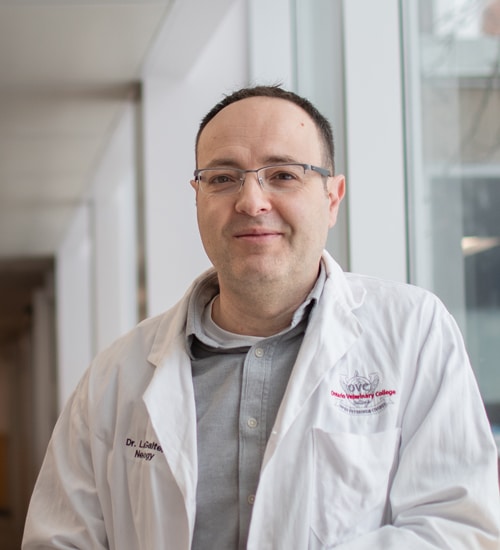
Dr. Luis Gaitero. (courtesy OVC)
“The community responded super fast, particularly because of your article,” said Dr. Gaitero gratefully. “We were getting people asking about what had happened and how they could help. We even got donations from alumni who are working in BC. You know, in all this terrible time and drama, it sounds like a cliché, but it’s just so rewarding to see how people come together when it’s really needed. We don’t always get recognition for what we do, because everyone is so busy. But this proves that the community knows we are a critical part, they appreciate that, and they are there to help.”
The need for funds is still ongoing, and donations are always welcome. “We are still accepting donations, because a large animal hospital is a very expensive enterprise,” explained Dr. Gaitero. “These are big animals, and everything — the floors, the walls — gets a lot of wear. There are things breaking all the time! We are also a teaching hospital, so we need to be sure that we maintain the standards expected of us, setting a model for how things should be done.”
Dr. Gaitero is proud of the refreshed facility and knows that clients and equine patients will appreciate it as well. “It’s a place that is actually safer for their animals. During induction of anesthesia, and particularly when the horse is recovering, are the most delicate stages; there is the risk of them injuring themselves. It sounds like a minor thing, but it’s not, because it’s a common complication. This facility is now better equipped to decrease that risk as much as possible.”
The Latest

